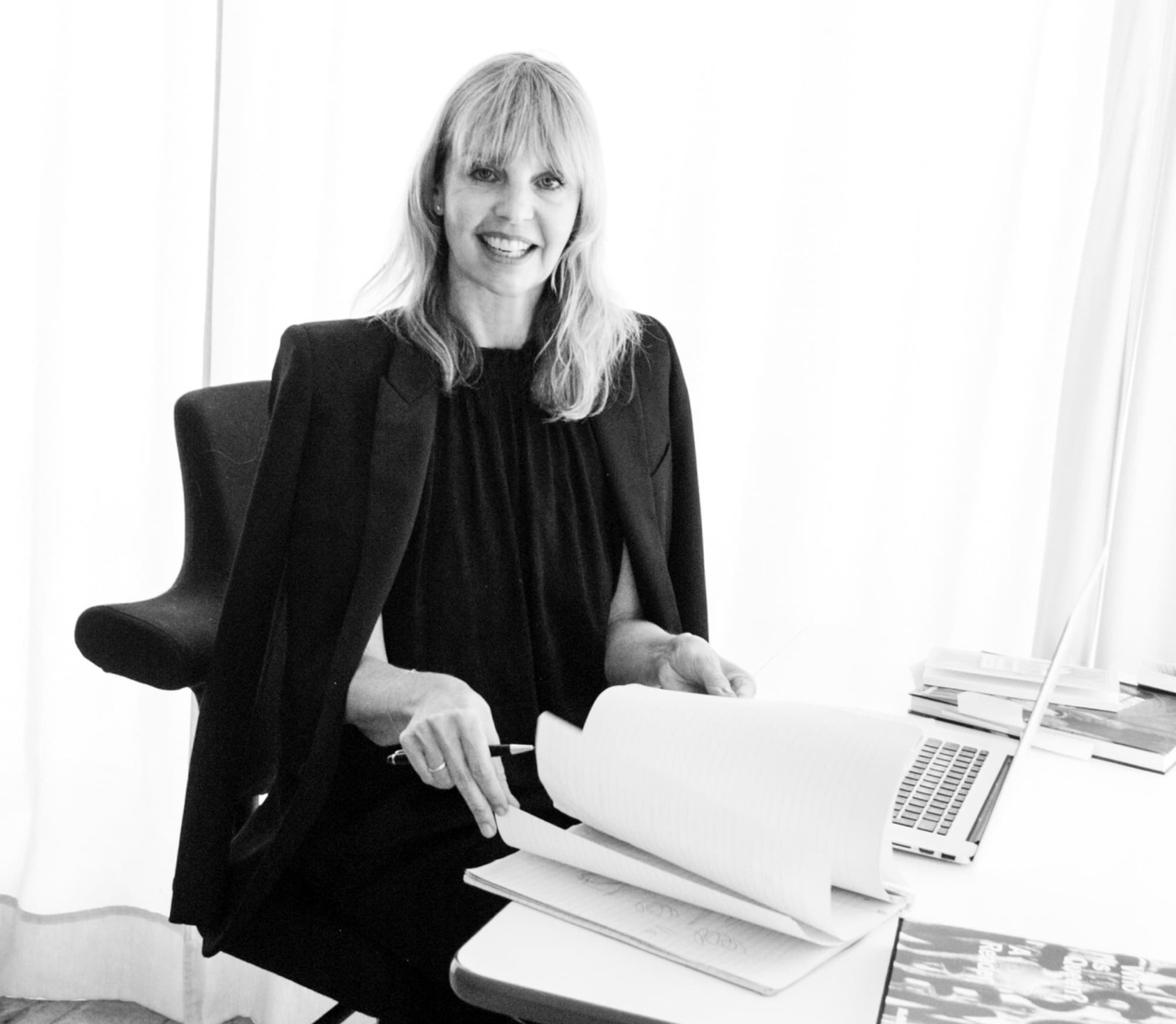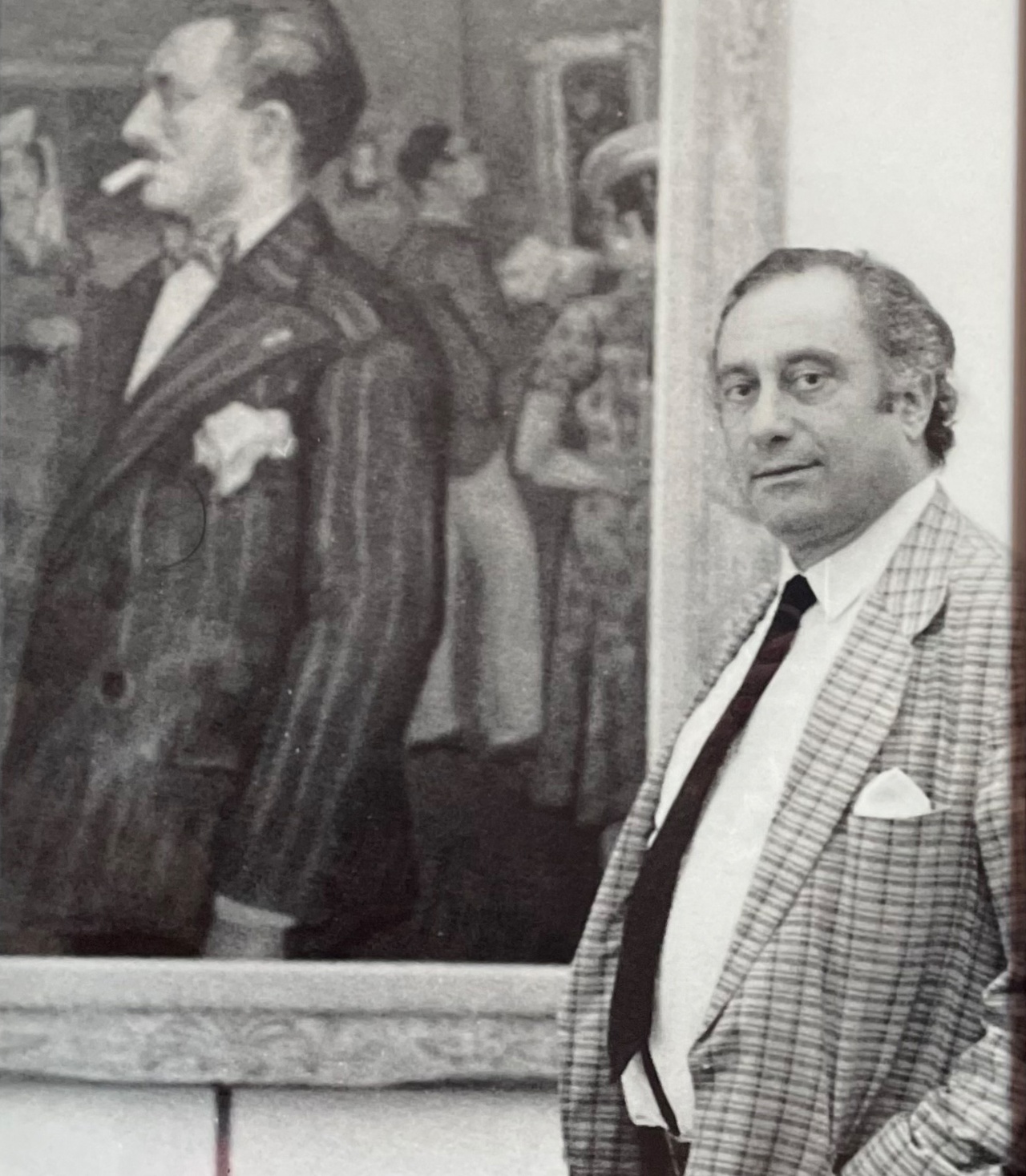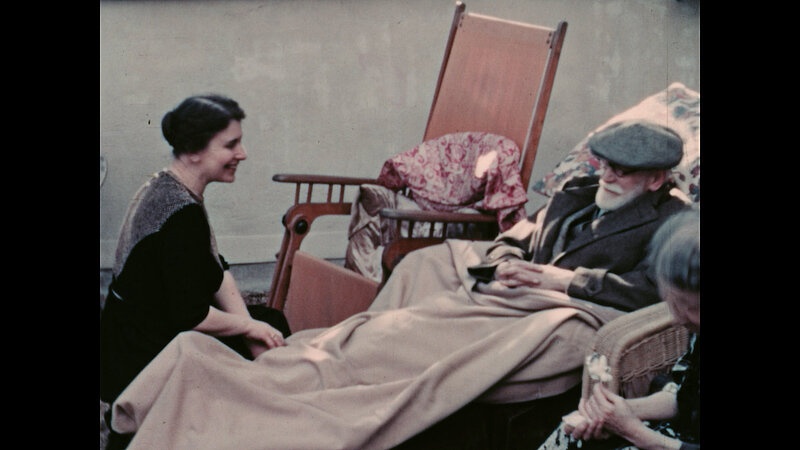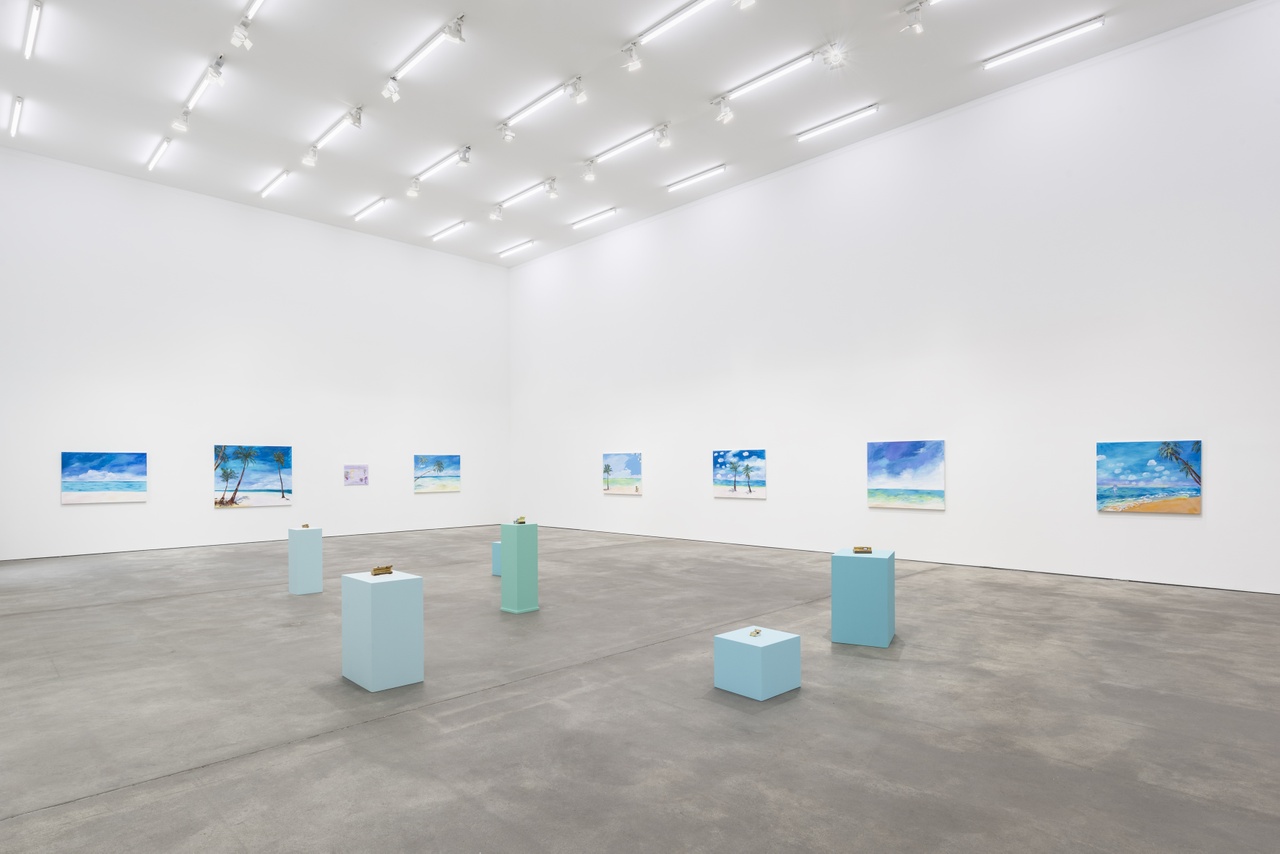SEEN & READ – BY ISABELLE GRAW Violaine Huisman, Sigmund Freud, Karen Kilimnik

Violaine Huisman, Les monuments de Paris

Georges Huisman
Violaine Huisman’s latest book mingles autobiography with cultural history. Via a literary style every bit as intense as it is elegant, the author once again succeeds not only in reconstructing the life stories of her family, but also in imagining those stories from her family members’ points of view. The book, in which Huisman accompanies her father the final days before his death, is not merely a deft example of literary grief work: it also interweaves the author’s own family history with the pre-war and post-war history of France. Especially touching is Huisman’s critical but nonetheless loving portrait of her not-unproblematic father – a 1929-born bon vivant and cultural functionary who valued women only for their looks. His daughter describes the combination of intellectual acuity and business acumen he deployed in his efforts to popularize aesthetic philosophy. Georges Huisman, her famous grandfather, enters the scene in the second half of the book; he too was a successful cultural functionary, but as a Jew suffered anti-Semitic persecution and social ostracization during the Second World War. Among other things, he never received the credit owed to him as the founder of the Cannes International Film Festival. Paris’s streets – so charged with personal history that the author was compelled as a young woman to depart for New York to reinvent herself – form the stage in Violaine Huisman’s novel. In one scene, she describes her return to Paris: entirely disoriented, she is no longer able to find her way around. It is a state of affairs Huisman interprets as her psyche’s reaction to a place filled with painful memories.
Violaine Huisman, Les monuments de Paris, Gallimard, 2024
David Teboul, Sigmund Freud: A Jew without God

David Teboul, “Sigmund Freud. Jude ohne Gott,” 2020
This documentary would be a rewarding watch for the copious original footage alone: Sigmund Freud is seen at various stages of his life, generally surrounded by scholarly colleagues or family members. His daughter Anna Freud, who appears to fill the role of the woman at his side, is on especially prominent view. There are also scenes of Vienna around 1900, alongside photographs of the Parisian doctor Jean-Martin Charcot with patients undergoing hypnosis. But what becomes most abundantly clear is just how revolutionary was Freud's discovery of the unconscious – and how vehemently this idea was resisted at the time. Merely because of the numerous hostilities he faced, one realizes, the analyst was compelled to found his own school of thought. Notoriously, however, there were numerous splits and splinter groups within this school. Freud frequently entered into intimate relationships with close (male) collaborators – like Wilhelm Fliess, Carl Gustav Jung, and Sándor Ferenzci – who later disappointed him with their disloyalty. After his death, only his daughter Anna remained faithful to his ideas. The film thrives on entertaining quotes from Freud that remind us how many of his thoughts – on the death drive or survivor’s guilt, for instance – remain highly topical.
David Teboul, Sigmund Freud: A Jew without God, Arte, 2020
“Karen Kilimnik”

“Karen Kilimnik,” Sprüth Magers, Berlin, 2023
Karen Kilimnik’s beachscapes – rendered in bright Hockney colors – are pictorially akin to wishful fantasies in dark times. It might even be said that they take the escapist moment of such fantasies to a painterly extreme; at the same time, however, they depict the sea, beach, and palm trees in a manner that communicates with art historical precursors from Gustave Courbet to Sigmar Polke. But in rendering beach scenes close to the sphere of non-art, of kitsch, Kilimnik also succeeds in updating a “high”/“low” dichotomy that seemed to have been overcome since the early 1990s. These are thus scenes that force the question of their own status as art. In the center of the gallery space are placed plinths that revolve around a similar problematic; their turquoise tones evoke the trademark color of the Tiffany chain recently acquired by Bernard Arnault’s company LVMH. And similarly to those Tiffany stores, Kilimnik’s plinths present glistening “treasures” – finds that might well have been recovered from a sunken cruise ship. Exhibited in a manner typical for watches or jewelry, the objects seem to reflect on the similarities and differences between artworks and luxury goods. The material value of these treasures is, however, obviously meagre: ultimately, what is emphasized here is the ability of the visual arts to take worthless goods and transform them into something symbolically valuable.
“Karen Kilimnik”, Sprüth Magers, Berlin, November 18, 2023–March 23, 2024
Isabelle Graw is the cofounder and publisher of TEXTE ZUR KUNST and teaches art history and theory at the Hochschule für Bildende Künste – Städelschule in Frankfurt am Main. Her most recent publications include In Another World: Notes, 2014–2017 (Sternberg Press, 2020), Three Cases of Value Reflection: Ponge, Whitten, Banksy (Sternberg Press, 2021), and On the Benefits of Friendship (Sternberg Press, 2023).
Image credit: 1. Photo Rob Kulisek, 2. Courtesy of Violaine Huisman; 3. Courtesy of Les Films d'Ici & WILDart FILM; 4. Courtesy of Sprüth Magers, photo Ingo Kniest
